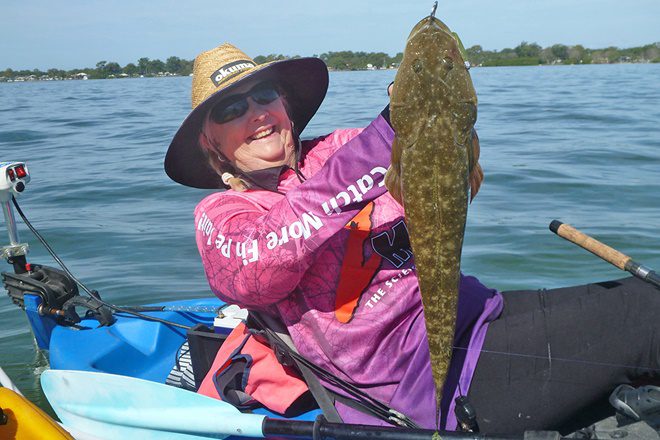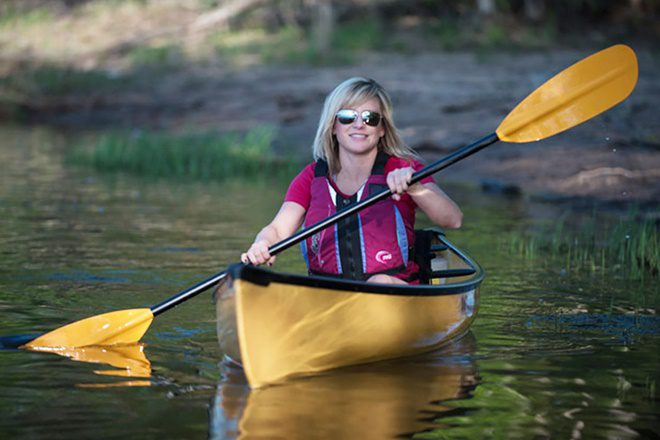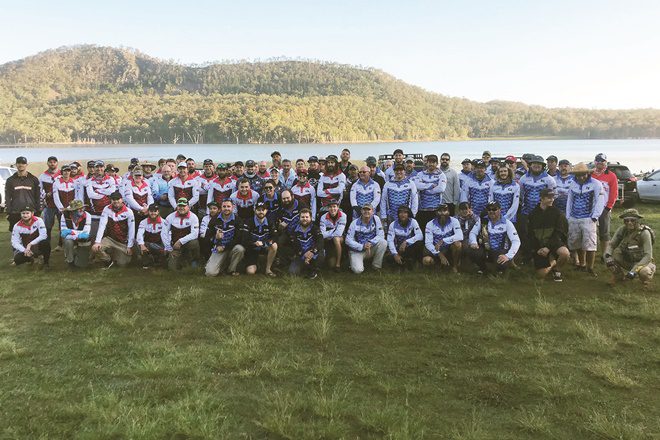A LOT of people ask me when is a good time to take their kids paddling.
My answer is always the same: when isn’t a good time? Realistically though, as soon as a child can sit up by themselves and you can get a correctly fitting PFD, it’s time to get on the water.
At the risk of sounding biased, I am a firm believer in getting my kids out amongst it. It seems to me that kids exposed to outdoor recreation and the environment become more well-rounded, considerate adults. Now, I’m not about to say that taking your kids paddling is going to make them the next Steve Irwin, but I do whole-heartedly believe it will put them on a path of greater appreciation for the great outdoors and all it has to offer.
And with summer approaching like a runaway train, there’s no better time than now to get your family out on our local waterways. To that end, here are a few tips for successfully getting your kids on the water this summer. The first thing that you must consider is the safety of your kids and yourself.
When carrying your kids in any boat, let alone a canoe, it’s always wise to have them wear a PFD.



First, it sets a great example to little ones and makes them less likely to fight having to wear a PFD. Second, it makes you a lot more able to effect a rescue in the event of capsizing. The next thing to consider is organisation on board the canoe.
A tidy boat is a safe boat! Keep things you need access to stowed in your PFD or small dry bag. Pack everything else away in a large waterproof pack secured to the canoe. Items rolling around loose inside a canoe can make paddling uncomfortable or awkward, and could potentially cause you to capsize. These same items then become potential entanglement points or flotsam in the water if the boat tips over. Wherever possible, stow it! On the theme of avoiding capsizing, the single best way to get wet when taking kids paddling is to let them get uncomfortable.
Some adult paddlers will spend time and effort getting their seat set up with padding and back support and then expect their kids to sit on the hard floor in the bilge water. Uncomfortable kids are wriggly kids. Wriggly kids in a canoe are a sure-fire way to end up going for a swim.
The good news is it isn’t hard to set them up for a great trip. My usual setup for little ones is a couple of foam camping tiles from BCF placed underneath a small cushion wrapped in a beach towel. The camp mat keeps them out of the water and the cushion provides a comfy and dry seat from which to watch the world go by.
It’s just the right height to keep the centre of gravity low for the odd fit of the fidgets and high enough that they can see over the side and dangle their fingers in the water. Older kids who are less prone to fidgeting can sit on a drop-in middle seat, and even better, be given a paddle to join in the fun.
Better still, once they are old enough to paddle, sit them in the front seat and let a parent have a break in the middle. Kids will naturally want to join in with Mum and Dad’s activity, and I have found that once they hit about 10 years of age they are ready to undertake a short journey with paddle in hand.
Don’t expect them to contribute all that much, or to be paddling in anything resembling a consistent manner. With time and encouragement will come the development of hopefully the next Jess Fox (Australian world champion slalom canoeist).
Contributing to the paddling effort certainly helps keep their attention in the boat, which brings me to my next point: keeping them from getting bored. I would encourage parents of small children to pick shorter-duration paddles with plenty to see on the first few trips.
A bored kid is a fidgety kid, and again, a fidgety kid is going to give you a swim. I find that a paddle length of about 6km in total with a good break in the middle is enough for most younger kids. Pick spots such as narrow tree-lined creeks and rivers with lots of trees, birdlife and things of interest to look at and talk about.
Some of the coastal estuaries around Brisbane are perfect for this – just make sure you have a landing site at the halfway (or turnaround) mark so the kids can get out and have some time to stretch their legs. Not a bad idea for older paddlers either!
My final tip for success is to keep kids’ bellies full. Make sure you have some snacks at hand and give each kid their own water bottle. A sip of water and a nibble of a treat could be all the incentive you need to keep a potential future paddler focused on the beautiful waterway gliding past them and not on their empty belly.
Even more so if they have been contributing to the paddling effort. I know I’m keen on a nibble after paddling for a couple of hours, and kids are no different. Taking kids paddling is one of the most rewarding activities to experience as a family.
And if you follow a few simple rules, keep the kids occupied, safe and comfortable, paddling could become a lifelong pastime. I hope these few pointers will be of use and I look forward to seeing you and your kids paddling on the water.
If you need any further advice on paddling with your family, choice of craft or equipment, please contact me at Natureline Australia on 07 3390 4106, canoes@natureline.com.au or follow us on Facebook for regular paddling hints and tips.
Happy paddling.
 Bush ‘n Beach Fishing Magazine Location reports & tips for fishing, boating, camping, kayaking, 4WDing in Queensland and Northern NSW
Bush ‘n Beach Fishing Magazine Location reports & tips for fishing, boating, camping, kayaking, 4WDing in Queensland and Northern NSW









